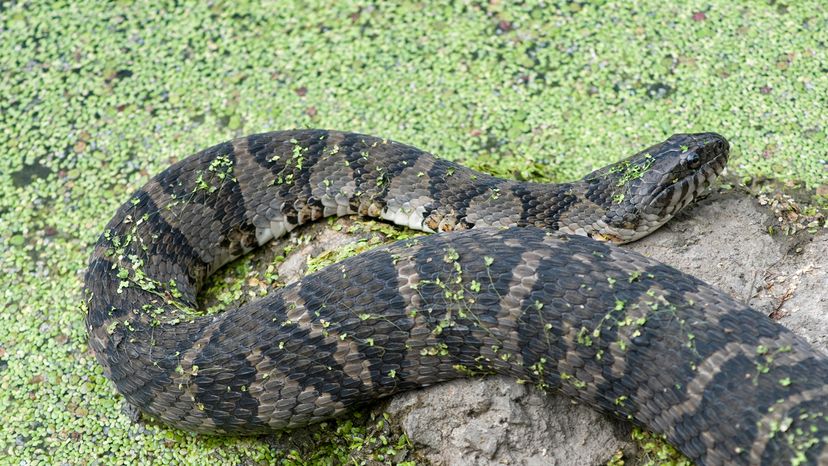
The northern water snake (Nerodia sipedon) is a common and widespread nonvenomous snake in North America. These aquatic snakes typically live in and around freshwater bodies — lakes, rivers and wetlands — where they play a crucial role in the ecosystem.
Northern water snakes are highly adaptable and can thrive in a variety of wetland habitats, from the Great Lakes to small ponds and streams. Their presence is vital for controlling populations of fish and amphibians, making them key players in maintaining the balance of aquatic ecosystems.
Advertisement
Read on to learn more about these snakes' physical characteristics and the threats they face.